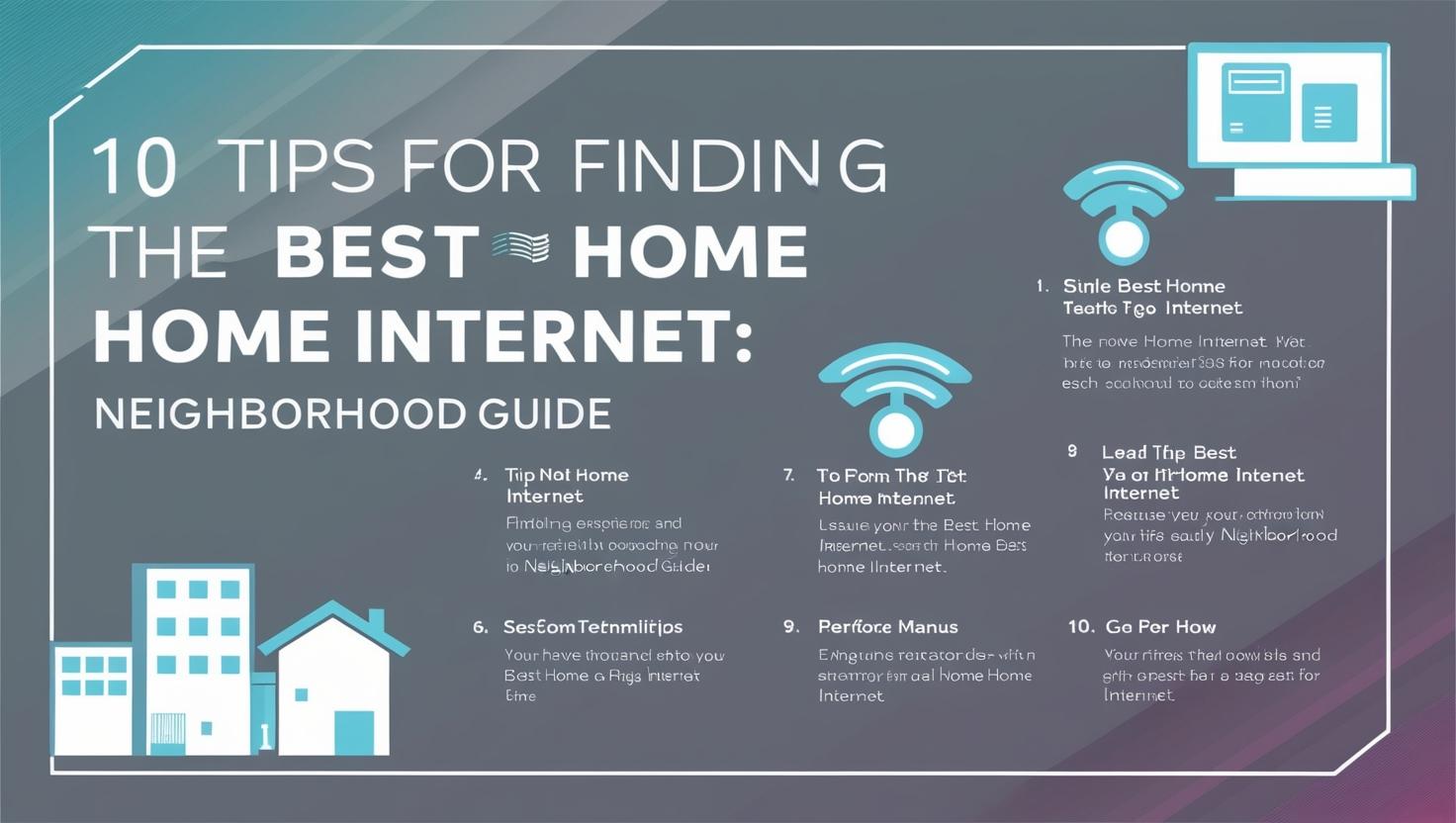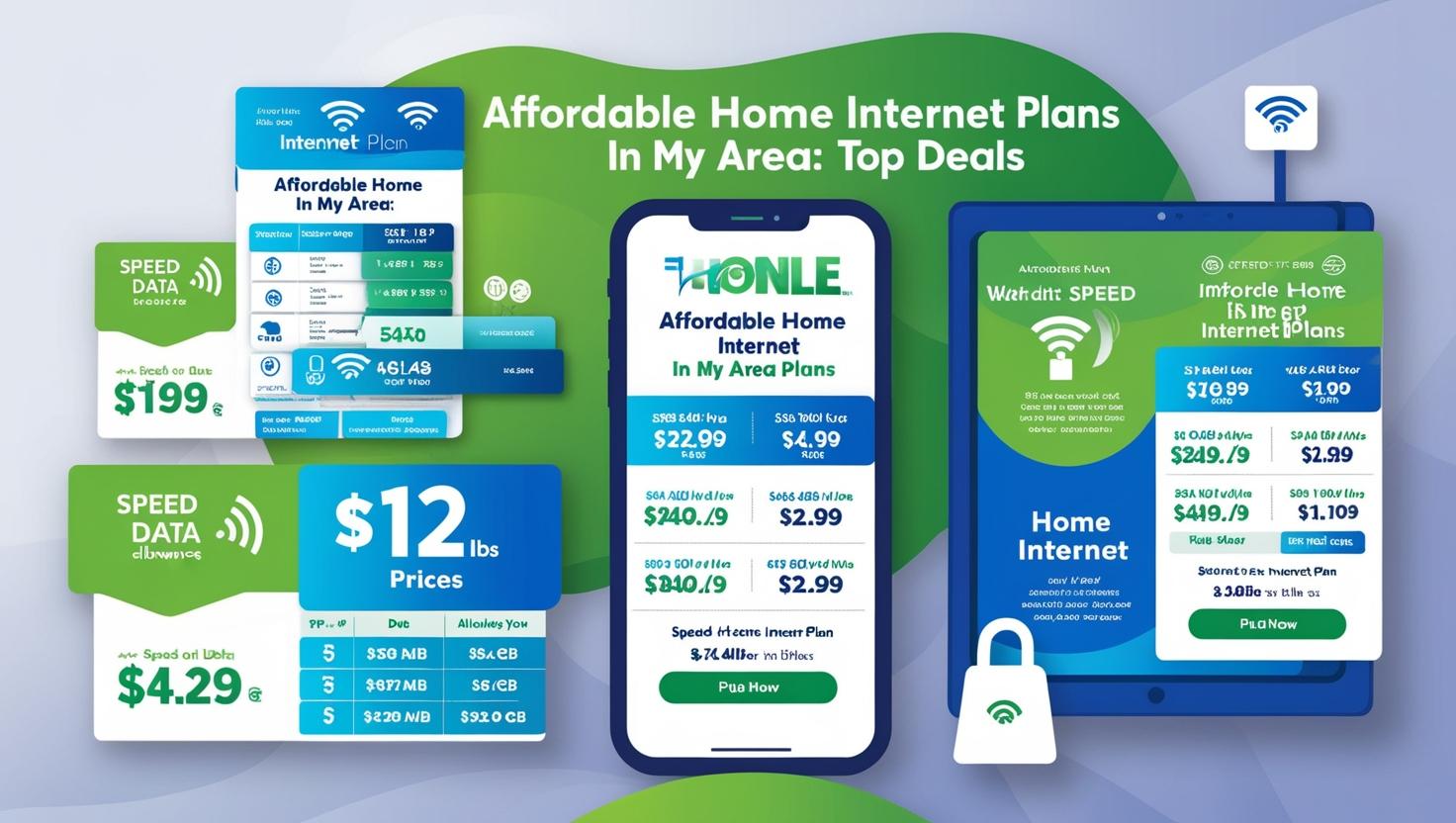Specs to Look at in OLED TVs
relevantrankings.com – http://www.relevantrankings.com/best-4k-tvs/. Shopping to get a new television may be an overwhelming experience. Confusion plagues even one of the most cautious shoppers, and Tv suppliers, retailers, salespeople and numerous World wide web sources can create additional uncertainty as they push added characteristics, new technologies, and add-ons inside the incessant pursuit of profit.

Aside from projection sets, you will find fundamentally only two varieties of TVs available: LCD and OLED. Unless you might have loads of disposable earnings, you are going to likely be obtaining an LCD Tv.
LED & LCD Sets
The lion’s share of televisions now are LED-LCD sets. These HD and Ultra HD sets use light-emitting diodes (LEDs) to illuminate the LCD screen and may be extremely thin. Several of these sets can dynamically light up specific portions from the screen and dim other components to improved represent a mix of light and dark locations in a scene – a feature known as active dimming or local dimming. No-frills LED LCD sets can be had for as small as $200 for a 32-inch screen, while a top-of-the-line 90-inch model can go for $8,000.
Most LCD sets use LEDs around the edge with the screen. The improved of these models support active dimming, but it takes some digital sorcery to do this by merely manipulating lights along the edge.
Full-array LED sets have light-emitting diodes directly behind the screen, in a grid of “zones” that can be lit up or darkened individually. Such an arrangement makes the backlight additional precise and allows a more-detailed picture in terms of contrast. Full-array backlighting was once reserved for top-tier models but with a lot more Ultra HD sets appearing at lower rates it is becoming additional common on modestly priced sets.
Pros: Wide array of prices, sizes and characteristics; Some affordable Ultra HD 4K models; Vibrant screens visible even in a sunny room; Image quality steadily improving with full-array backlighting, HDR and wider colour gamut.
Cons: Exhibits imperfections when displaying rapid motion, as in sports; Loses some shadow detail simply because pixels can’t go completely black (even with full-array backlighting); Images fade when viewing from the side (off-axis).
OLED TVs
 OLED TVs go one far better than full-array LED-LCDs having a few dozen lighting zones. In place of a backlight, OLEDs use a layer of organic LEDs, controlled in the pixel level, to achieve absolute black and stunning levels of contrast. (Footage of fireworks against a black sky is a favorite demonstration of OLED technology.)
OLED TVs go one far better than full-array LED-LCDs having a few dozen lighting zones. In place of a backlight, OLEDs use a layer of organic LEDs, controlled in the pixel level, to achieve absolute black and stunning levels of contrast. (Footage of fireworks against a black sky is a favorite demonstration of OLED technology.)
LG is now the only company actively pursuing OLED technology. All new models have Ultra HD 4K resolution, but a couple of, cheaper HD models are nonetheless around. Costs range from about $2,500 to get a 55-inch HDTV to $25,000 for a 77-inch Ultra HD 4K model.
Pros: Best Tv image, bar none; Colors truly pop, deeper black and much better contrast and shadow detail than LCD TVs achieve; Retains image excellent when viewed from the side.
Cons: Stratospheric costs (such as $9,000 for any 65-inch screen); Uncertain how screens will fare over time, including whether they will retain “ghost” images (also known as burn-in) from displaying a static picture for too long.
Size
Whether you’re seeking to get a basic or high-performance Television, the biggest factor in your selection will almost certainly be screen size. Consider how lots of people in your family typically watch at once and where you’re going to put your new set. Then pick the largest screen size that will fit comfortably into that space – and your budget. The sweet spot now, considering value, performance and also the typical living room, is among 55 and 65 inches.
Screen size also depends on how close you sit to the Television. Fundamentally, if you can see the person pixels in the screen, you’re too close. A good rule of thumb is that you should sit at a distance from the Television that is three instances a lot more than the height on the screen for HD and just 1.5 instances the screen height for 4K Ultra HD. In other words, you can sit twice as close to a 4K UHD Tv.
If you have the opportunity, go to a store (and maybe bring your family) and look at the TVs. Even though 4K content is rare, you may will need that higher-resolution technology if you plan to sit close to a really large screen.
The bottom line is you should pick a screen size and resolution appropriate for the distance you will sit from the screen.
Resolution
The next large selection to produce when purchasing a brand new Television is what resolution to decide on. A TV’s Resolution is measured inside the amount of pixels within the screen. In previous years, you might pick in between a 480p, 720p or 1080p set. Every of those numbers denotes the amount of horizontal lines of pixels that the set characteristics. More pixels in a display equals far more details, which equals far better picture high-quality (and commonly meant far more highly-priced). As TVs get additional advanced, resolution increases and image top quality gets superior Nowadays, display technologies has advanced for the point where 480p TVs are no longer even produced, and you’d be hard pressed to find a 720p Tv, other than small, low-end sets intended for casual use.
Now, the real choice is between 1080p and 4K TVs. 4K resolution, also known as Ultra High Definition, features four times the amount of pixels as a 1080p set. As in the previous explanation, this pixel increase implies that a 4K Television set produces a image that’s vastly far more detailed. In lots of instances, you won’t even be in a position to see the “screen door effect” that most LED/LCD TVs have always produced, where the lines between pixels are visible at close viewing distances. 4K TVs can also reproduce considerably extra color depth than regular HD TVs, for any image that is a lot more vivid and lifelike. In short, everything about the image of a 4K Television is greater.
So, then, why would anyone get something other than a 4K Television? For a single thing, they do nevertheless expense a lot more than a 1080p set with the very same high quality and size. And the benefit of 4K isn’t as significant on smaller Television sets. So If price tag will be the most crucial factor in your choice, 1080p could be the way to go though nevertheless getting a good picture. On the other hand, prices on 4K TVs are continually dropping, and inside the coming years, we’ll likely see it become the standard resolution.
We recommend 1080p for TVs much less than 40″ in size, if cost may be the most essential factor, or you’re planning on replacing your Television in a few years. However, we recommend a 4K Television for anyone interested in ultimate picture good quality, especially those planning on keeping their Television for as long as possible.






















One thought on “Specs to Look at in OLED TVs”